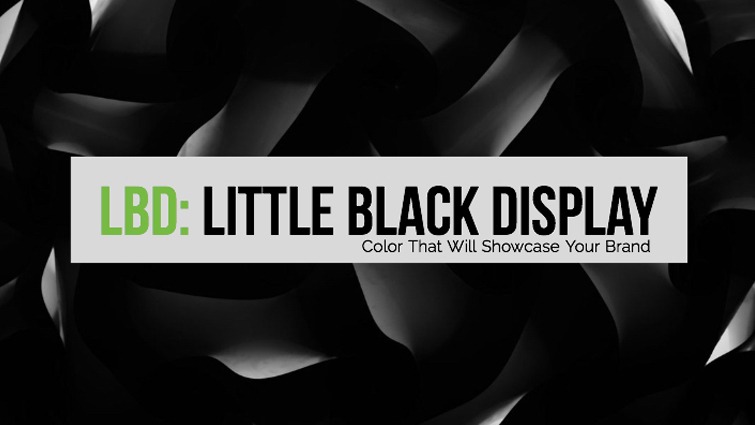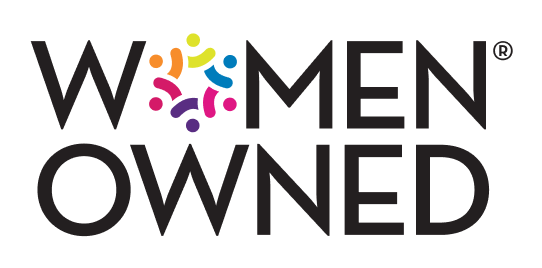The Difference Between Merchandising Presentation and Visual Merchandising
Product placement and displays play a vital role in retail design. These strategic techniques can ultimately be the difference between making a sale or not. Both merchandising placement and visual merchandising are crucial aspects of designing a retail space. However, although some people use these two words interchangeably, they are in fact two very different design components.
It’s important, as a visual merchandising expert, to realize the distinct difference between these two terms in order to maximize their potential.
What Is Merchandising Presentation?
In basic terms, merchandising presentation is a design strategy that involves placing merchandise in a neat and organized manner to make it easy for the customer to shop. While merchandising presentation is not meant to be boring, it is also not designed to be the main attraction in the store. Its main purpose is to enhance the shopping experience by making wanted products easy to locate.
A planogram model is typically used for merchandising presentation.  This example places merchandise on various in-store fixtures, such as shelves, tables, hanging racks and fixtures. As designers, you will use the planogram model to separate items by style, brand, price points and other consumer-centric criteria. This allows consumers to find the exact products they are looking for without any hassle.
This example places merchandise on various in-store fixtures, such as shelves, tables, hanging racks and fixtures. As designers, you will use the planogram model to separate items by style, brand, price points and other consumer-centric criteria. This allows consumers to find the exact products they are looking for without any hassle.

What Is Visual Merchandising?
Visual merchandising, on the other hand, is more about grabbing attention. The goal of visual merchandising is to show consumers why they need a certain product, how to use a product, or how multiple pieces of merchandise can be used together. Examples include window displays, mannequin displays and feature end displays. The end result is to draw the attention to specific merchandise a customer may have otherwise overlooked, and entice them to make one or multiple purchases.
While visual merchandising is, by design, the exciting and creative component of product placement marketing, it is not a stand-alone feature. You cannot have visual merchandising without first having merchandising presentation in place. The two retail design techniques should complement each other in a manner that maximizes the customer’s shopping experience.
When using merchandising presentation and visual merchandising, the most important thing is to have a plan. Make sure both displays clearly support the company brand. It’s important to always perform a walk-through of your store to make sure everything flows seamlessly together in a way that benefits the customer.
If you’re ready to blend the power of merchandising presentation and visual merchandising to reach your full product placement marketing potential, SPC Retail® can help. We offer high-quality, 100-percent post-consumer recycled plastic fixtures for affordable display solutions.





